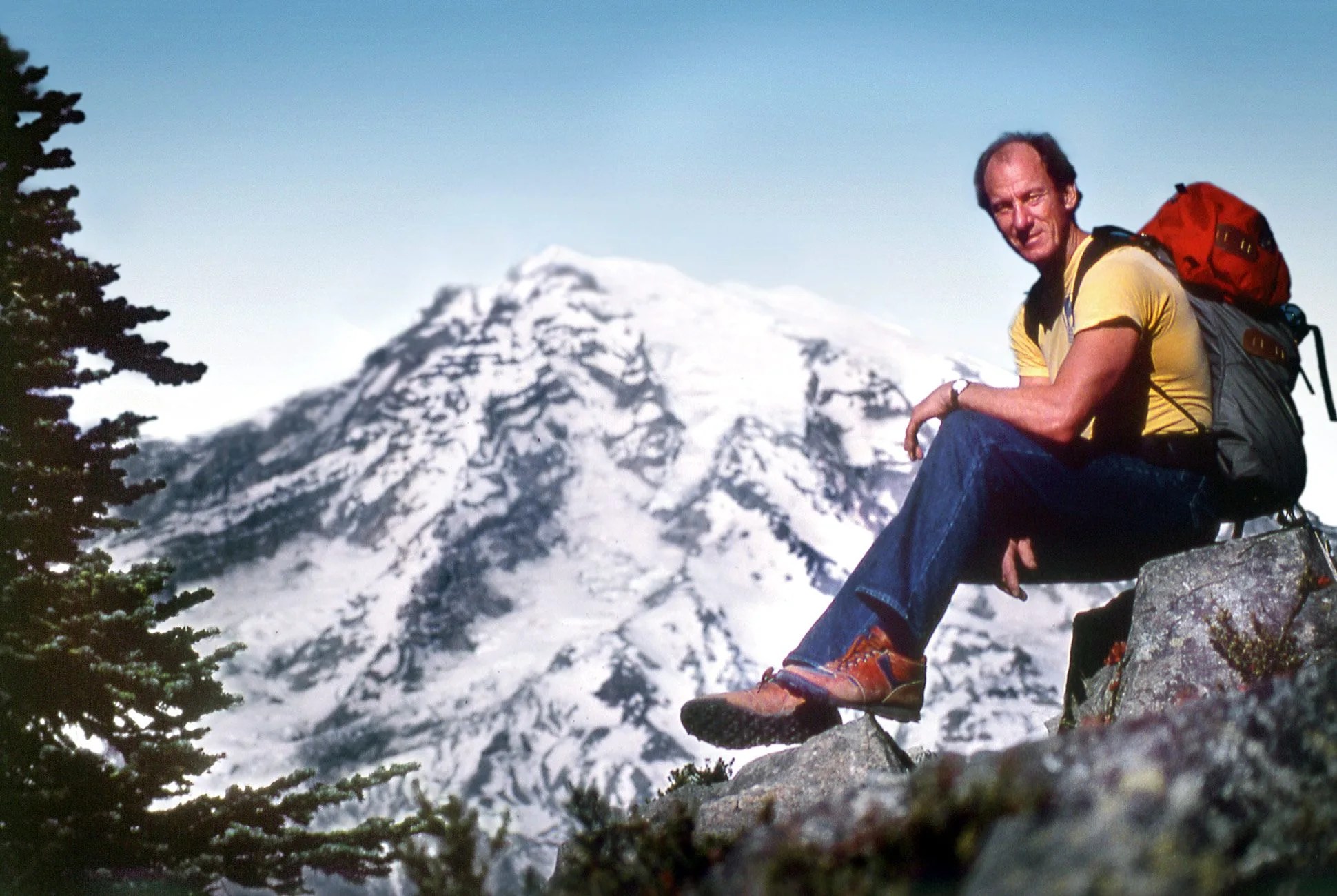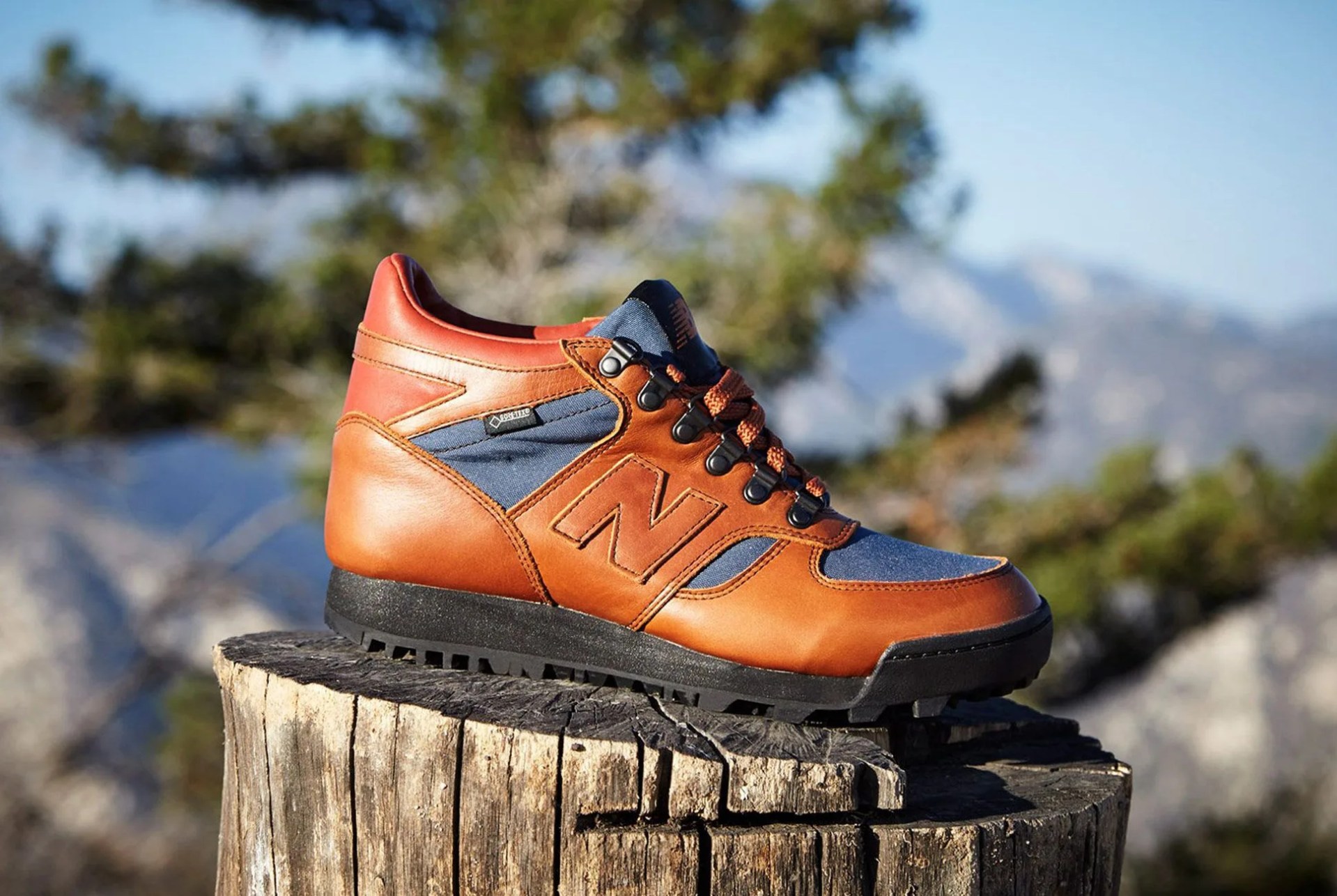The year was 1975. Lou Whittaker, co-founder of Rainier Mountaineering, Inc., found himself on the side K2 — the second tallest peak on Earth at 28,251 feet — receiving a bit of bad news. “You’ve got ulcerated toes,” the camp doctor told him. They’d been pressed against each other so tightly during the climb that bad sores developed, breaking skin tissue down almost to the bone. He was going to lose the toes — maybe his feet, too.
An assault on K2 involves extended exposure to extreme altitude, frigid temperatures and unpredictable multi-day storms. Whittaker, along with the rest of the climbing team, had been in the region for a few months attempting to reach the summit for the second time in history, living in ice caves and tents at extreme altitude, when he received the grave news about his feet and the team decided to head home. Escaping the wrath of the mountain involved over 100 miles of walking on his mangled feet, and Whittaker was at the end of his rope. “I thought, ‘I’m gonna wear a tennis shoe instead of my heavy hiking boots,’” he said. That’s exactly what he did. Whittaker admits that he fell “maybe eight or ten times” during the long retreat over snow and ice, but the tennis shoes allowed enough air to reach his feet to save them from amputation.
While the expedition never reached the summit, Whittaker gained an important insight about his gear: if heavy-duty lugs could be incorporated into something as light as a tennis shoe, climbers could spare themselves the added weight of ice boots until they absolutely needed them. Whittaker shared this idea with Ed Norton and Jim Davis of New Balance, and soon after, the Rainier Boot was born. The new footwear was put to the test during consecutive attempts at the north side of Mount Everest in 1982 and 1984 and they did exactly what Whittaker had hoped. A new category of mountain footwear was created and has been a vital piece of gear for climbers since. This year, New Balance updated the design to what has been dubbed the “Rainier Remastered.”
Whittaker doesn’t participate in major expeditions anymore, but he maintains his role as owner and chief guide at RMI. He spends the summer months at his home near Mount Rainier, where he can get outside as much as possible and mingle with climbers headed to or back from the summit. His guides continue to wear the boot up to 10,000 feet on the snow-capped volcano. We recently had a chance to pick his brain about the 1984 Everest expedition, the future of climbing, and why Mount Rainier is an appropriate proving ground for would-be mountaineers; as it happens, Whittaker was wearing a pair of Rainier Remastered boots when we spoke, and his toes felt just fine.
Q: What are your three most memorable climbs?
A: Probably K2 and Everest, which were big climbs, and then the third highest in the world, Kanchenjunga. Most people don’t know it even though it’s the third highest in the world. It’s on the other end of the Himalayan chain from the Karakoram, on the border between China and Nepal. One and two are always the known mountains but, the third is kind of forgotten. We were the first American climbers to do it — we got six on top.
Q: When was that?
A: 1989. I was 60 then, and it was my last major expedition.
Q: Could you tell us about the 1984 Everest expedition?
A: It was the first American ascent, and third ascent overall, of the north side, which is the colder side, of Mount Everest. We had attempted it two years before and learned a lot — we had a death on the mountain, lost a teammate, and were pretty well beat up — half dead, frostbitten. When we came back two years later I thought, man, we’re better now, I think we can get it — so we went back and got it. But what people don’t understand about that climb is that I was listed as being on the summit, but I didn’t summit. I was the leader of the expedition, but only one of our team summited, and that was Phil Ershler. He wouldn’t have made it without the team, and our tents and our setup.

